
AeroGenie — あなたのインテリジェントな副操縦士。
現在のトレンド
Categories
Etihad Airways Expands Partnerships Across Multiple Sectors

Etihad Airways Expands Strategic Partnerships Amid Industry Competition
Etihad Airways has announced a significant expansion of its strategic partnerships, formalizing a series of new agreements with Lufthansa Technik aimed at enhancing maintenance, repair, and overhaul (MRO) services across its fleet. Unveiled at the Dubai Airshow, these agreements deepen the longstanding collaboration between the United Arab Emirates’ national carrier and the German MRO provider, encompassing a wide range of Airbus and Boeing aircraft.
Enhanced Maintenance and Support Services
Under the new contracts, Lufthansa Technik Landing Gear Services UK will assume responsibility for comprehensive maintenance of the undercarriages on Etihad’s Airbus A380 fleet for the next five years. The specialized facility near London will service the main landing gear shipsets, which will subsequently be returned to Etihad’s MRO facilities in Abu Dhabi for reinstallation. This arrangement is expected to improve turnaround times and maintenance efficiency for the airline’s flagship aircraft.
In addition, Etihad’s entire Airbus A320 family will gain direct access to Lufthansa Technik’s global spare parts pool through a long-term Total Component Support (TCS) agreement. This partnership is designed to enhance component availability and reduce costs for the airline’s A320s, A321s, A320neos, A321neos, and A321LRs. The agreement also includes round-the-clock support for Aircraft On Ground (AOG) situations and the presence of a dedicated on-site customer service manager at Abu Dhabi’s Zayed International Airport, ensuring rapid response to operational needs.
The collaboration further extends to Etihad’s Boeing 787 fleet, with Lufthansa Technik experts providing production oversight for the airline’s latest deliveries in Charleston, USA, under the Aircraft Production Inspection Program (APIP). Lufthansa Technik will also support Etihad’s technical operations through engineering services, including approvals for part changes and repairs under its EASA Part 21-J Design Organization approval, reinforcing the airline’s technical compliance and operational reliability.
Digital Innovation and Operational Efficiency
Etihad has also become the launch customer for AVIATAR’s APU & Cabin Temperature Monitoring, a digital MRO application developed in partnership with FlightWatching, a subsidiary of the Revima Group. This innovative tool offers real-time monitoring of Auxiliary Power Unit (APU) usage and cabin temperature, enabling Etihad to optimize cooling times and achieve fuel savings across its fleet. The integration of such advanced digital capabilities reflects the airline’s commitment to operational efficiency and sustainability.
Captain Majed Al Marzouqi, Etihad’s Chief Operations and Guest Officer, emphasized the importance of these partnerships, stating, “These partnerships represent a significant milestone in ensuring the highest levels of fleet readiness, operational availability, and resilience. By combining Lufthansa Technik’s world-class MRO expertise with advanced digital capabilities, we will enhance operational efficiency and reinforce our commitment to safety and reliability.”
Dr. Christian Leifeld, Chief Financial Officer at Lufthansa Technik, echoed this sentiment, noting, “Etihad has always been a valued partner and a strong supporter of our efforts to transform technical aircraft operations with innovative digital services. We are proud to elevate this cooperation to a more strategic level.”
Navigating Competitive Pressures in the Gulf Aviation Sector
Etihad’s expansion of strategic partnerships occurs amid intensifying competition within the Gulf aviation market. Established rivals such as Emirates continue to demonstrate financial robustness and are actively adapting to evolving market dynamics. This competitive environment raises questions about Etihad’s ability to sustain profitability given the high operational costs it faces.
Market analysts observe that Emirates may respond by reinforcing its own strategic alliances and concentrating on its core strengths. Meanwhile, Etihad’s strategic focus on premium cabins over premium economy, coupled with the adoption of AI-driven customer service and pricing strategies, appears aimed at differentiating the airline in a crowded marketplace. While these initiatives have the potential to strengthen Etihad’s market position, they may also invite regulatory scrutiny and present operational challenges as the airline seeks to balance innovation with financial sustainability.

STV Forms Engineering Partnership to Advance Modern Aviation
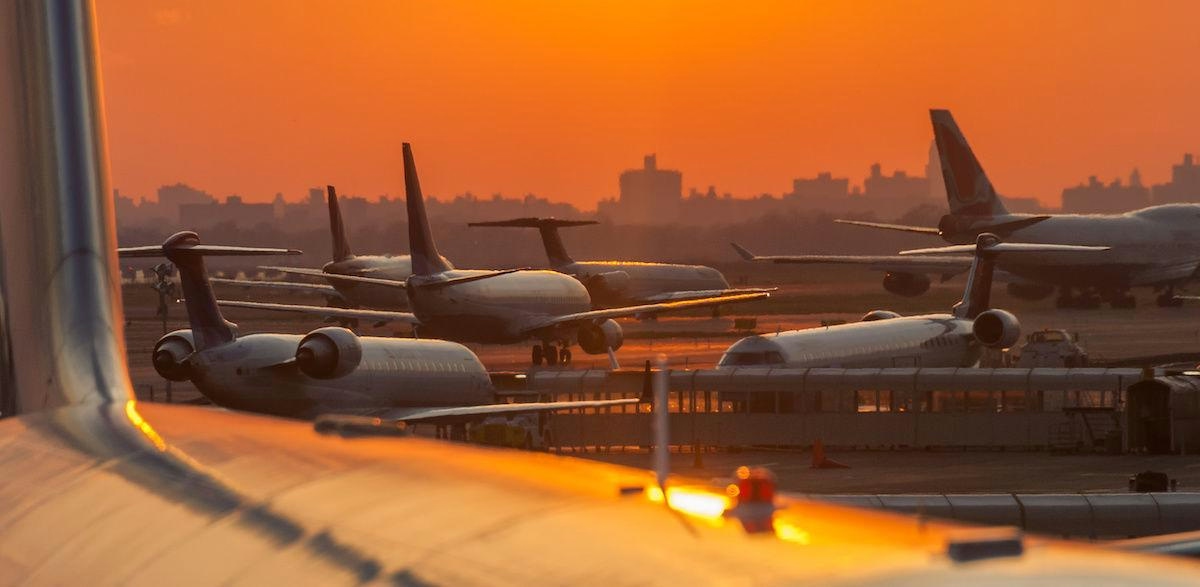
Sabre Introduces AI Chat Solution for Airlines
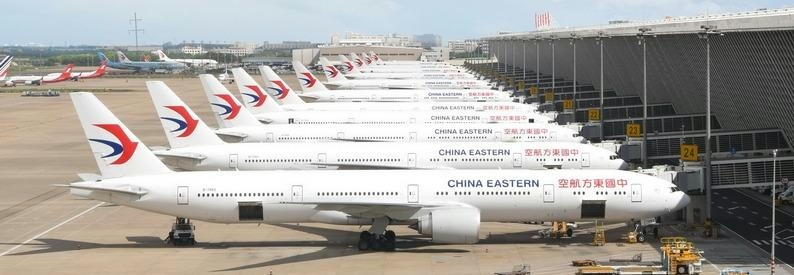
China Eastern Airlines to Pay $96 Million for STARCO Buyout
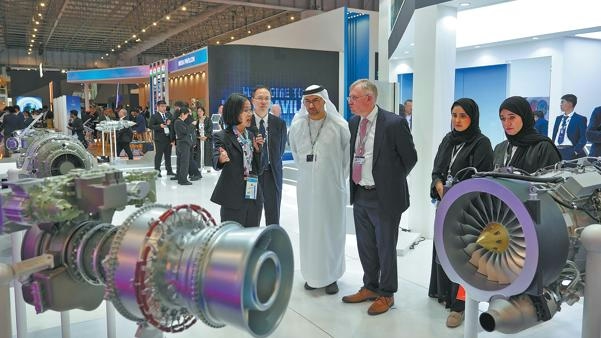
Chinese Innovations Take Center Stage at Dubai Air Show
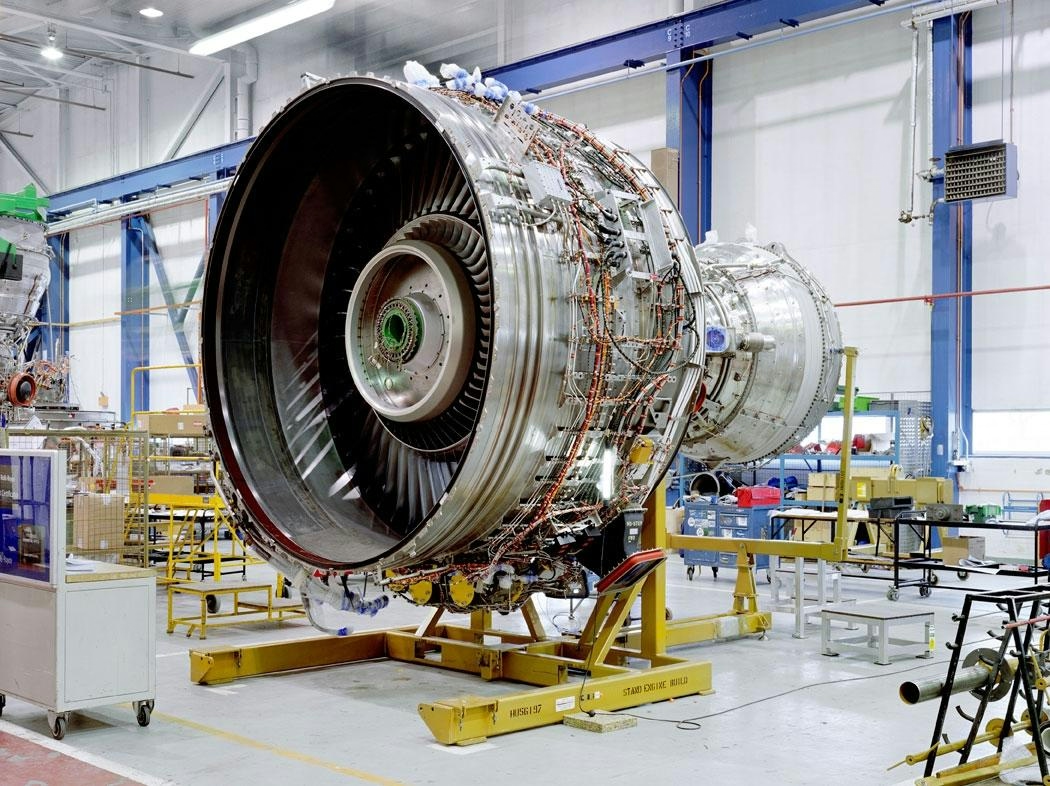
Emirates to Handle Part of Trent 900 Engine Maintenance In-House
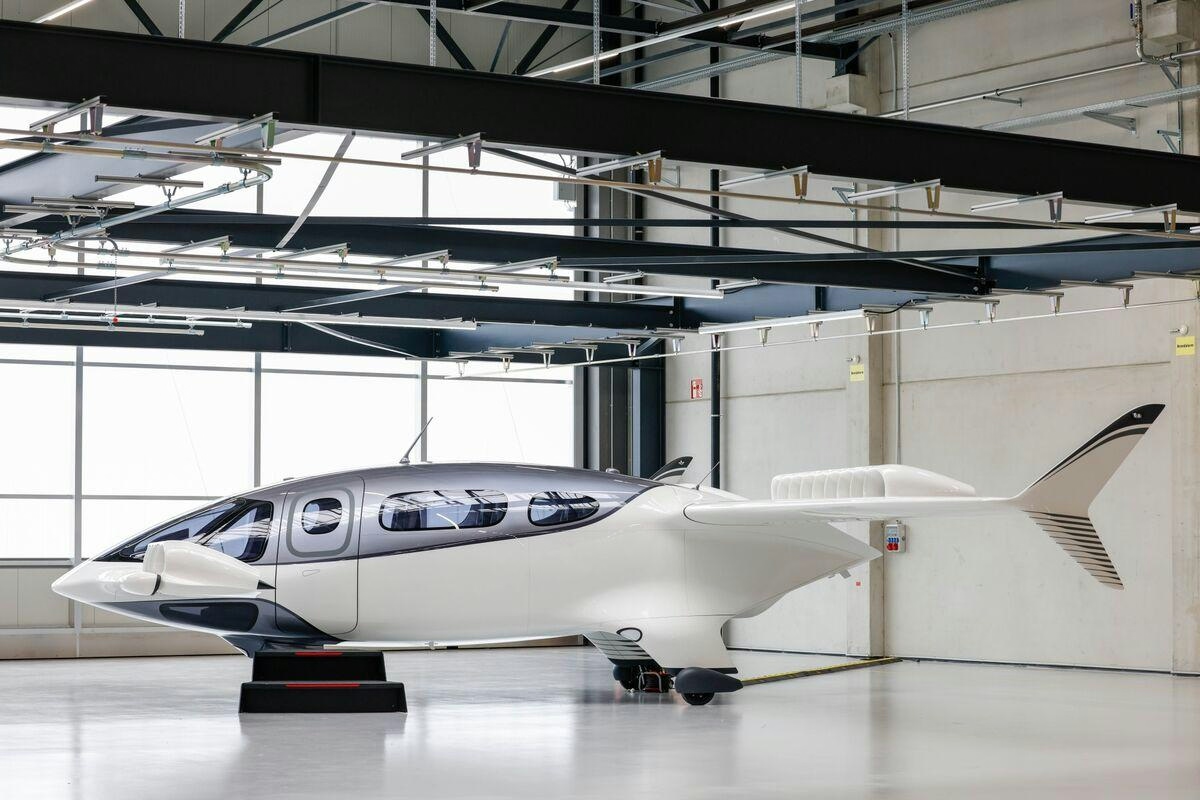
Saudi Arabia Plans Electric Air Taxis for Tourism by 2026
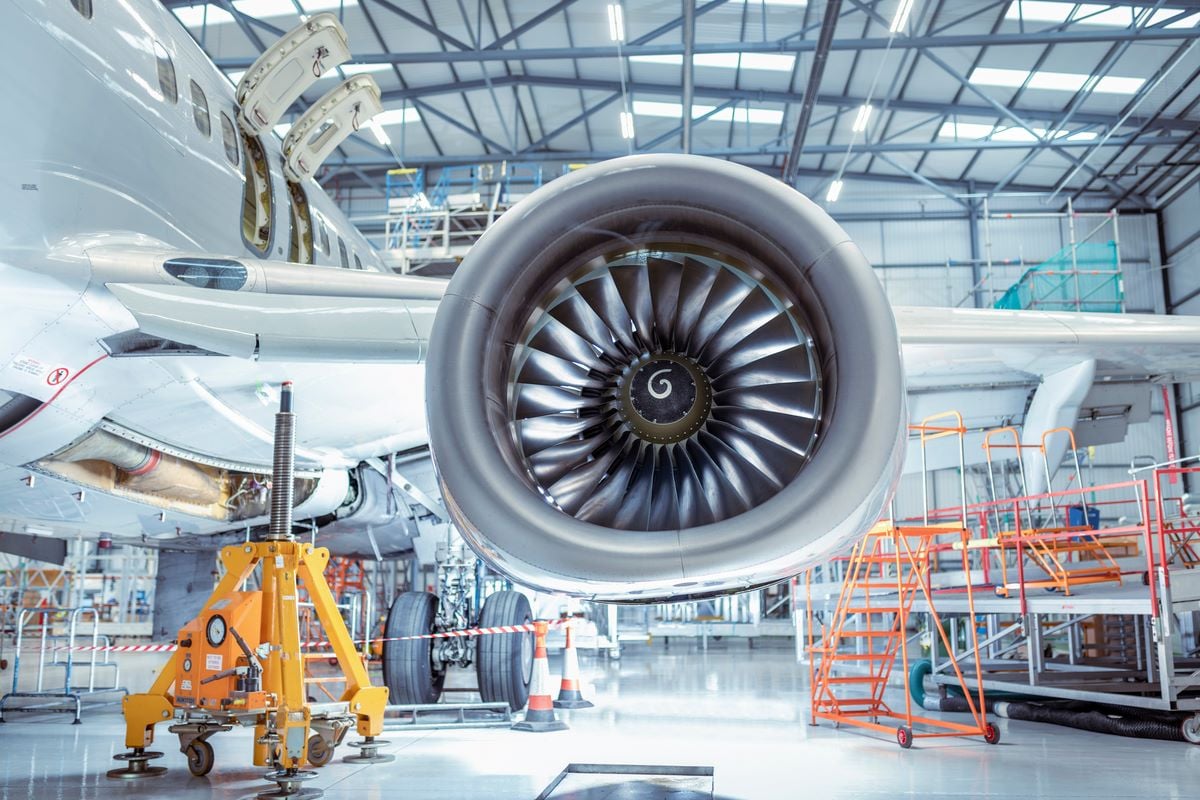
Challenges in the Aviation Supply Chain

Principal Aviation Acquires Alpha Aircraft Services
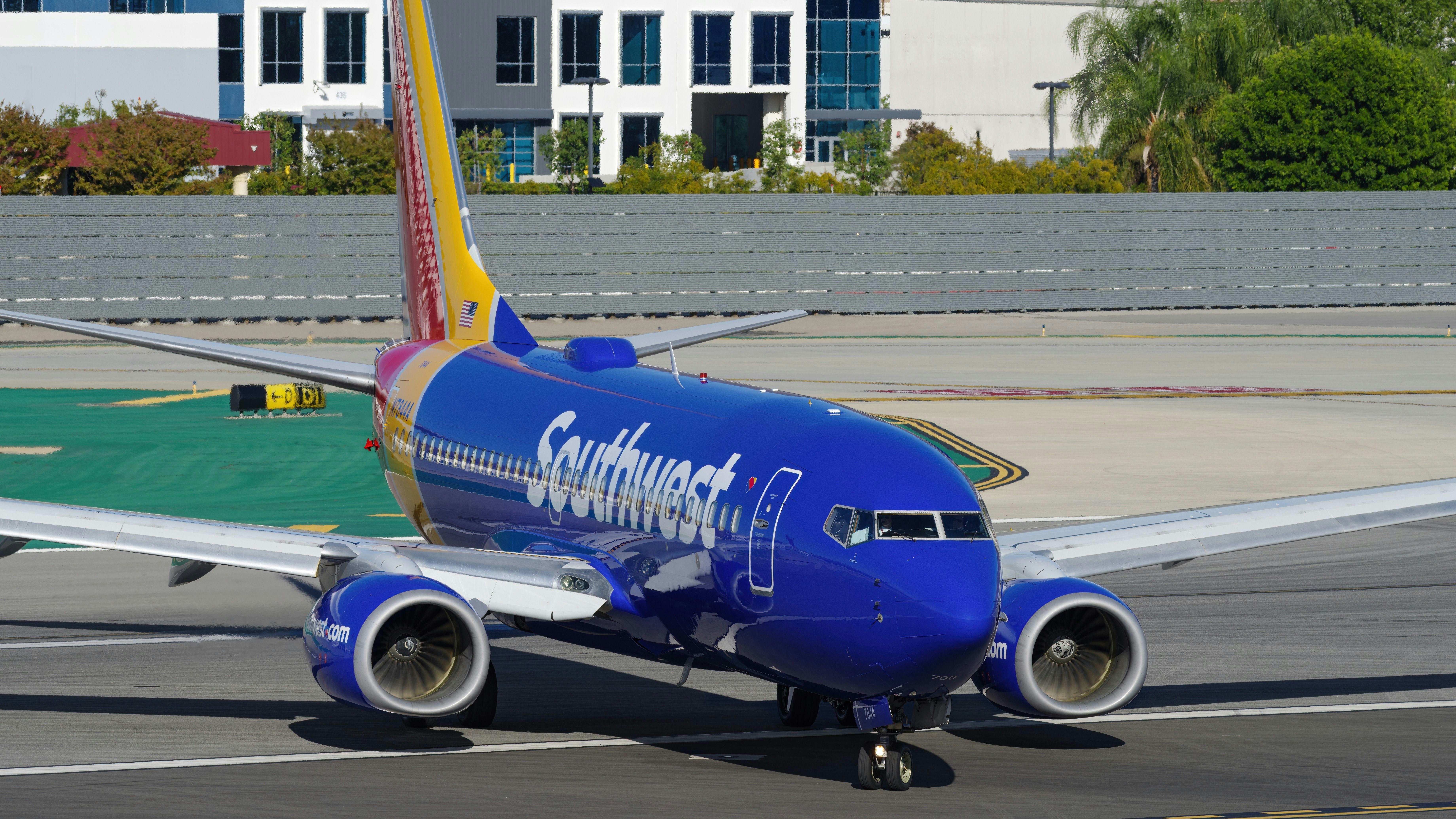
Flight to Salt Lake City Diverted to Los Angeles After Engine Failure
